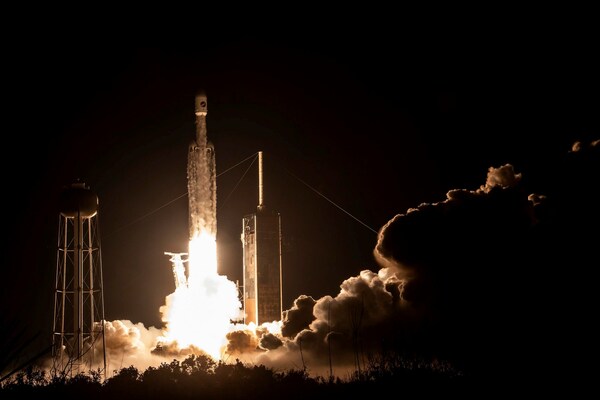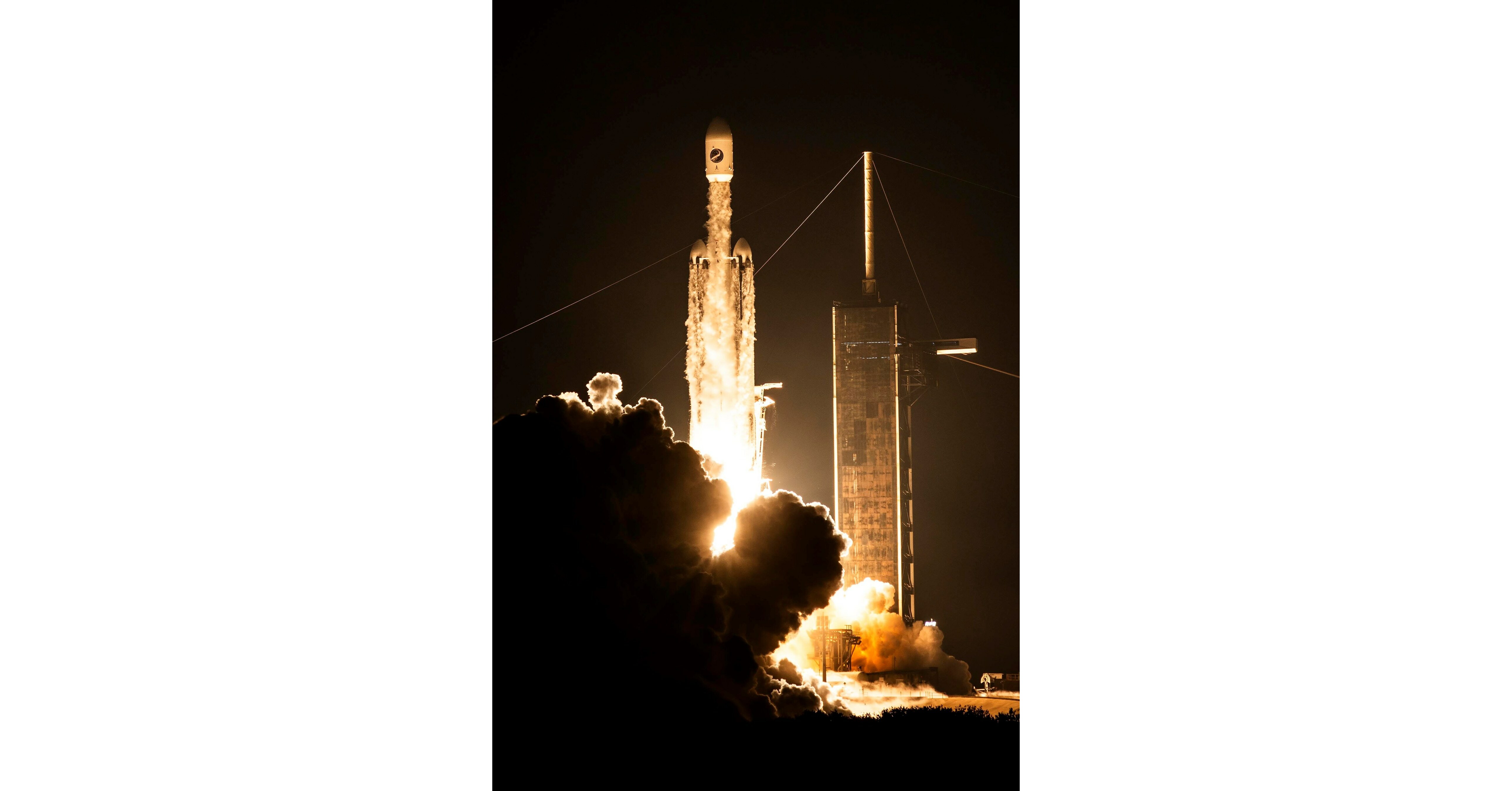Boeing Secures Contract for Six MH-47G Block II Chinook Helicopters
- Chinook critical to the U.S. Army Special Operations Command modernization priorities
- Block II Chinook offers operators increased capability and survivability for global missions
- Block II serves as a stepping stone to future technology upgrades
PHILADELPHIA, Dec 11, 2023 —The U.S. Army Special Operations Aviation Command (USASOAC) has awarded Boeing [NYSE: BA] a contract to produce six remanufactured MH-47G Block II aircraft as a part of the Army’s modernization efforts. With the deal valued at $271M, Boeing has 42 MH-47G aircraft under contract with USASOAC.

“The Chinook has been a key player in the special operations domain for many years. USASOAC and international allies have used the unique capabilities of the Chinook to complete the most daring missions around the globe,” said Heather McBryan, vice president and program manager, cargo programs. “With the modernized MH-47G, USASOAC soldiers are well-suited to meet today’s challenging environment.”
As special operations requirements have become increasingly complex, the heavy-lift helicopter has adapted to meet those changing needs. The MH-47G Block II program not only supports the warfighters needs today but enables the Chinook to be battle-relevant well into the future.
“With the new and improved MH-47G Block II aircraft, USASOAC is not only receiving the most capable Chinook helicopter, they are also provided the flexibility to add additional upgrades as their needs evolve over time,” McBryan added.

 boeing.mediaroom.com
boeing.mediaroom.com
- Chinook critical to the U.S. Army Special Operations Command modernization priorities
- Block II Chinook offers operators increased capability and survivability for global missions
- Block II serves as a stepping stone to future technology upgrades
PHILADELPHIA, Dec 11, 2023 —The U.S. Army Special Operations Aviation Command (USASOAC) has awarded Boeing [NYSE: BA] a contract to produce six remanufactured MH-47G Block II aircraft as a part of the Army’s modernization efforts. With the deal valued at $271M, Boeing has 42 MH-47G aircraft under contract with USASOAC.
“The Chinook has been a key player in the special operations domain for many years. USASOAC and international allies have used the unique capabilities of the Chinook to complete the most daring missions around the globe,” said Heather McBryan, vice president and program manager, cargo programs. “With the modernized MH-47G, USASOAC soldiers are well-suited to meet today’s challenging environment.”
As special operations requirements have become increasingly complex, the heavy-lift helicopter has adapted to meet those changing needs. The MH-47G Block II program not only supports the warfighters needs today but enables the Chinook to be battle-relevant well into the future.
“With the new and improved MH-47G Block II aircraft, USASOAC is not only receiving the most capable Chinook helicopter, they are also provided the flexibility to add additional upgrades as their needs evolve over time,” McBryan added.

Boeing Secures Contract for Six MH-47G Block II Chinook Helicopters
PHILADELPHIA, Dec 11, 2023 —The U.S. Army Special Operations Aviation Command (USASOAC) has awarded Boeing [NYSE: BA] a contract to produce six remanufactured MH-47G Block II aircraft as a part...





